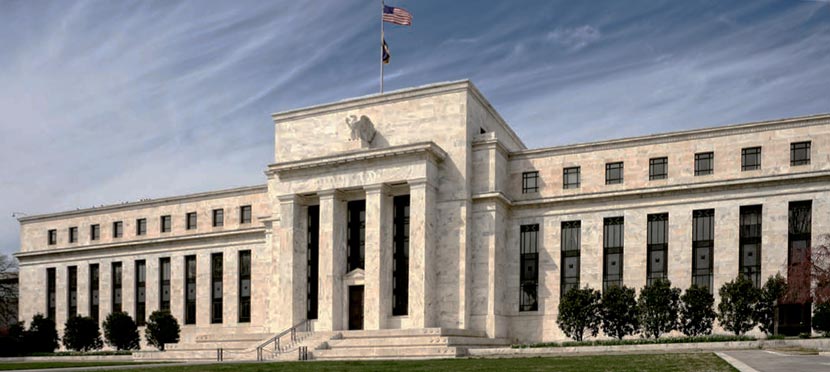In the latest FOMC minutes, the tone suggests a potential easing rate bias, recognising the rising economic risks. Uncertainties have increased they say.

In their discussion of monetary policy for the period ahead, members noted the significant increase in risks and uncertainties attending the economic outlook. There were signs of weakness in U.S. business spending, and foreign economic data were generally disappointing, raising concerns about the strength of global economic growth. While strong labor markets and rising incomes continued to support the outlook for consumer spending, uncertainties and risks regarding the global outlook appeared to be contributing to a deterioration in risk sentiment in financial markets and a decline in business confidence that pointed to a weaker outlook for business investment in the United States. Inflation pressures remained muted and some readings on inflation expectations were at low levels. Although nearly all members agreed to maintain the target range for the federal funds rate at 2-1/4 to 2-1/2 percent at this meeting, they generally agreed that risks and uncertainties surrounding the economic outlook had intensified and many judged that additional policy accommodation would be warranted if they continued to weigh on the economic outlook. One member preferred to lower the target range for the federal funds rate by 25 basis points at this meeting, stating that the Committee should ease policy at this meeting to re-center inflation and inflation expectations at the Committee’s symmetric 2 percent objective.
Members agreed that in determining the timing and size of future adjustments to the target range for the federal funds rate, the Committee would assess realized and expected economic conditions relative to the Committee’s maximum-employment and symmetric 2 percent inflation objectives. They reiterated that this assessment would take into account a wide range of information, including measures of labor market conditions, indicators of inflation pressures and inflation expectations, and readings on financial and international developments. More generally, members noted that decisions regarding near-term adjustments of the stance of monetary policy would appropriately remain dependent on the implications of incoming information for the economic outlook.
With regard to the postmeeting statement, members agreed to several adjustments in the description of the economic situation, including a revision in the description of market-based measures of inflation compensation to recognize the recent fall in inflation compensation. The Committee retained the characterization of the most likely outcomes as “sustained expansion of economic activity, strong labor market conditions, and inflation near the Committee’s symmetric 2 percent objective” but added a clause to emphasize that uncertainties about this outlook had increased. In describing the monetary policy outlook, members agreed to remove the “patient” language and to emphasize instead that, in light of these uncertainties and muted inflation pressures, the Committee would closely monitor the implications of incoming information for the economic outlook and would act as appropriate to sustain the expansion, with a strong labor market and inflation near its symmetric 2 percent objective.
